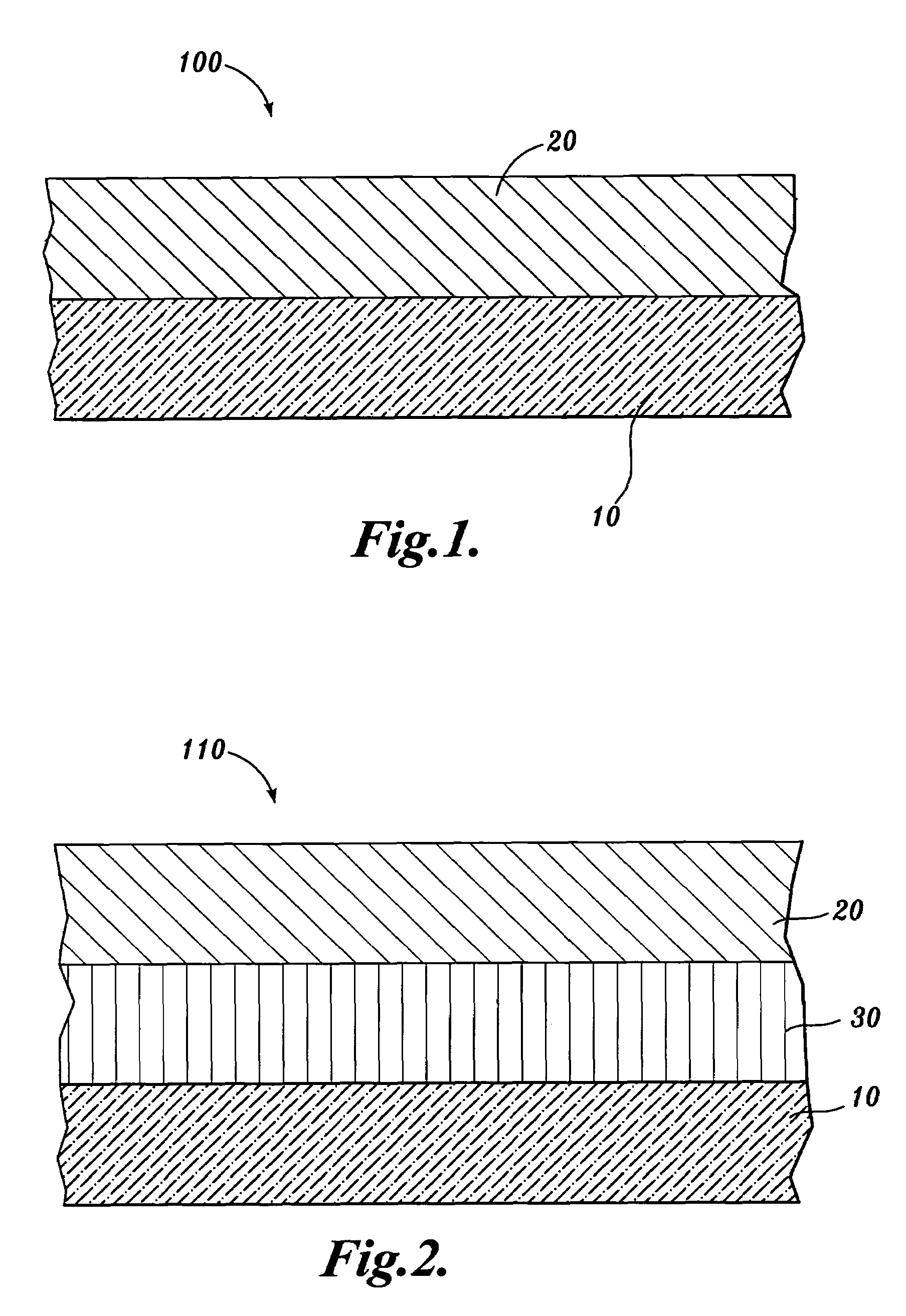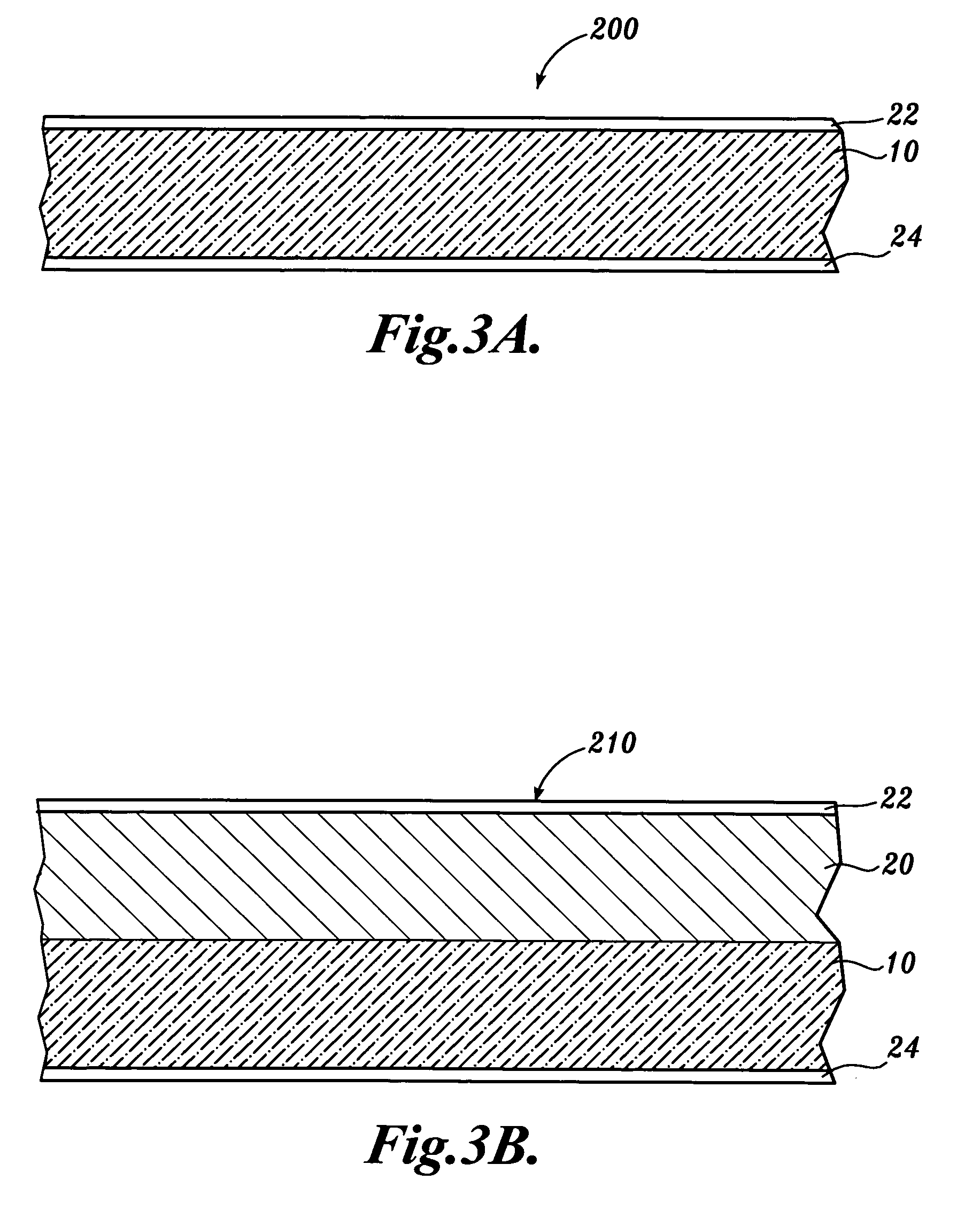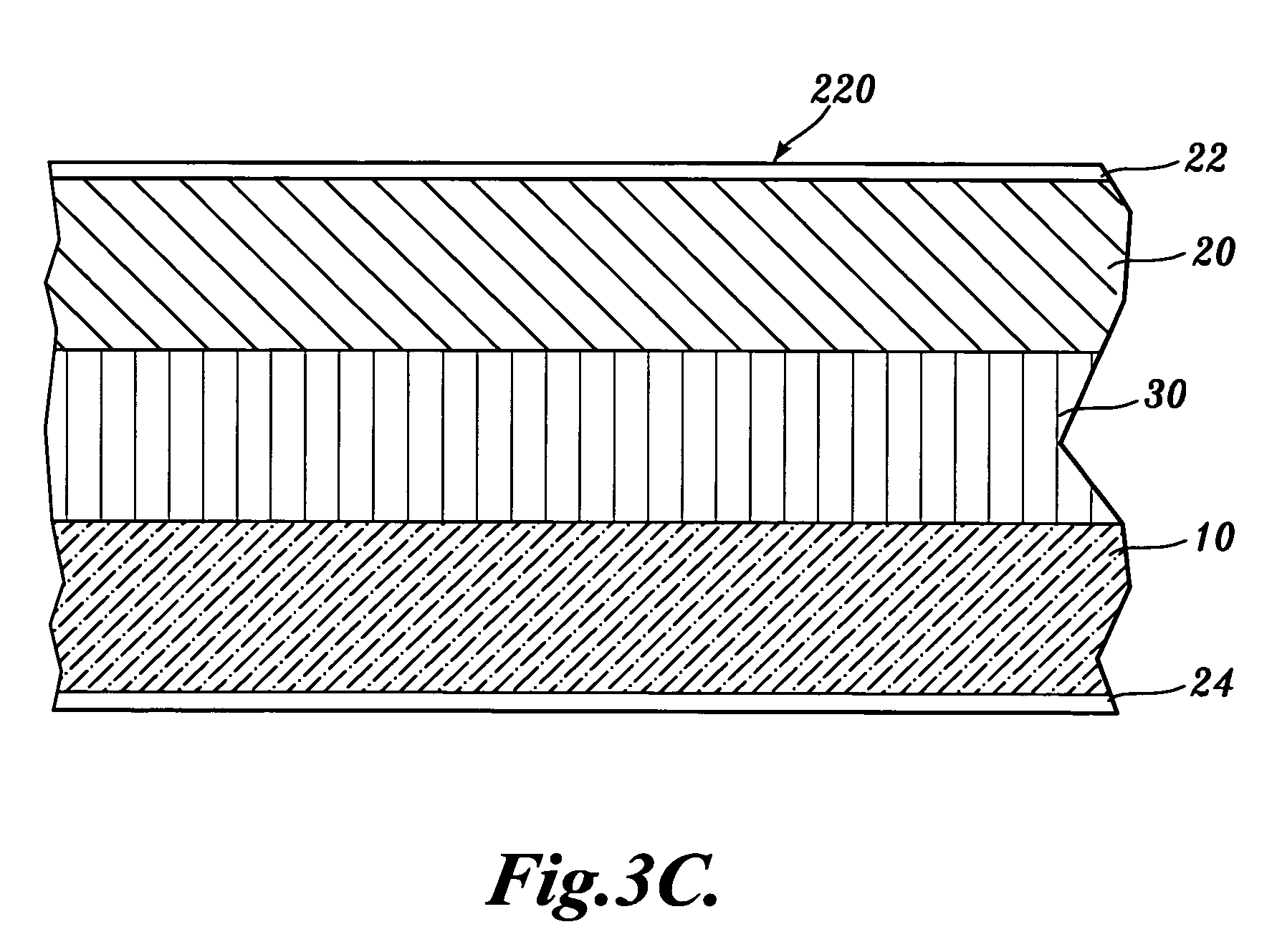Method for making carboxyalkyl cellulose
a carboxyalkyl cellulose and carboxyalkyl cellulose technology, applied in textiles and paper, paper after-treatment, microcapsules, etc., can solve the problems of high cost, inefficiency in sap use, and large amount of interstitial liquid in the produ
- Summary
- Abstract
- Description
- Claims
- Application Information
AI Technical Summary
Problems solved by technology
Method used
Image
Examples
example 1
General Procedure for Making Carboxymethyl Cellulose
[0104]In this example, a general procedure for making a representative carboxymethyl cellulose of the invention is described.
[0105]Lightly bleached, never dried kraft pulp (25.0 g, oven dried) was mixed with isopropanol (1.39 L) under nitrogen environment at 0° C. for 30 min. A sodium hydroxide solution (40.56 g in water with a total weight of 94.74 g) was added dropwise over 30 minutes and the reaction was left to stir for 1 h. A solution of monochloroacetic acid (22.69 g) in isopropanol (55.55 mL) was added dropwise to the stirring pulp over 30 min while the reaction temperature was increased to 55° C. The reaction was stirred for 3 h and then filtered, placed in 2 L 70 / 30 methanol / water solution, and neutralized with acetic acid. The resulting slurry was collected by filtration, washed one time each with 2 L 70 / 30, 80 / 20, and 90 / 10 ethanol / water solutions, and then finally with 100% methanol to provide the product carboxymethyl ...
example 2
Representative Procedure for Making Carboxymethyl Cellulose
Unbleached Pulp
[0106]In this example, a representative procedure for making a carboxymethyl cellulose from unbleached pulp is described.
[0107]Unbleached pulp (Weyerhaeuser Company, Port Wentworth mill designated PW-04 and having 7.4 percent by weight xylan, 5.6 percent by weight mannan, and 6.25 percent by weight lignin) (24 g with 41.7% consistency) was mixed with 200 g isopropanol and 6 g sodium hydroxide. Then, 11 g monochloroacetic acid was added and the mixture heated at 70° C. for 3.5 hours. The product carboxymethyl cellulose was washed with alcohol and then sheeted before drying. The carboxymethyl cellulose had a Free Swell Capacity of 17.15 g / g, a Centrifuge Capacity of 6.38 g / g, and an AUL (sheet) of 6.53 g / g.
example 3
Representative Procedure for Making Carboxymethyl Cellulose
Low Brightness Pulp
[0108]In this example, a representative procedure for making a carboxymethyl cellulose from low brightness pulp is described.
[0109]Several never-dried pulps having low brightness at 25% consistency (40 g) were mixed with 160 g isopropanol, varying amounts of 50% aqueous sodium hydroxide, and 42 g monochloroacetic acid and heated at 65° C. for 3.5 hours following the general procedure described in Example 2. The properties of the product carboxymethyl celluloses are presented in Table 1 (CMC H, I, and J).
PUM
| Property | Measurement | Unit |
|---|---|---|
| length | aaaaa | aaaaa |
| viscosity | aaaaa | aaaaa |
| viscosity | aaaaa | aaaaa |
Abstract
Description
Claims
Application Information
 Login to View More
Login to View More - R&D
- Intellectual Property
- Life Sciences
- Materials
- Tech Scout
- Unparalleled Data Quality
- Higher Quality Content
- 60% Fewer Hallucinations
Browse by: Latest US Patents, China's latest patents, Technical Efficacy Thesaurus, Application Domain, Technology Topic, Popular Technical Reports.
© 2025 PatSnap. All rights reserved.Legal|Privacy policy|Modern Slavery Act Transparency Statement|Sitemap|About US| Contact US: help@patsnap.com



